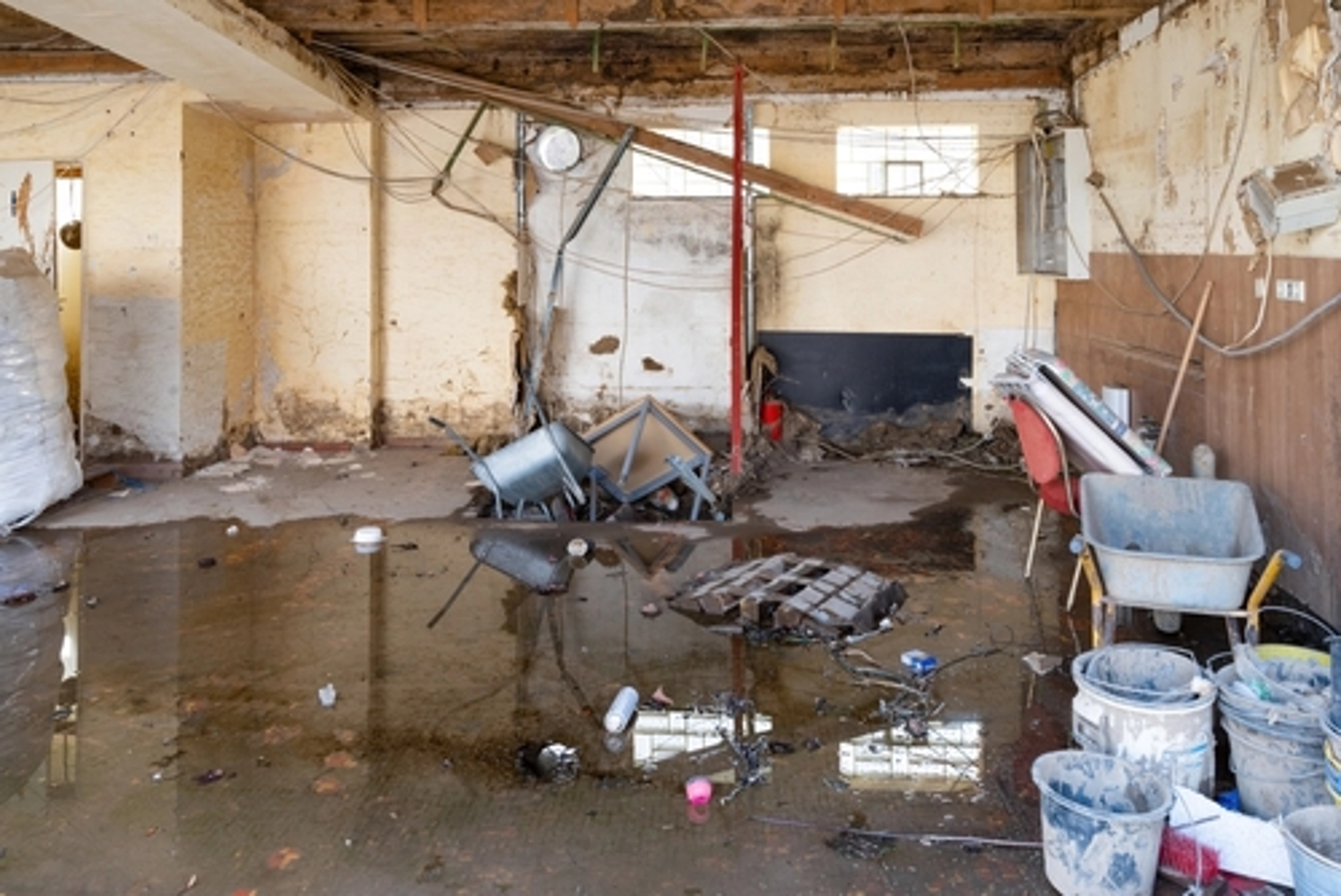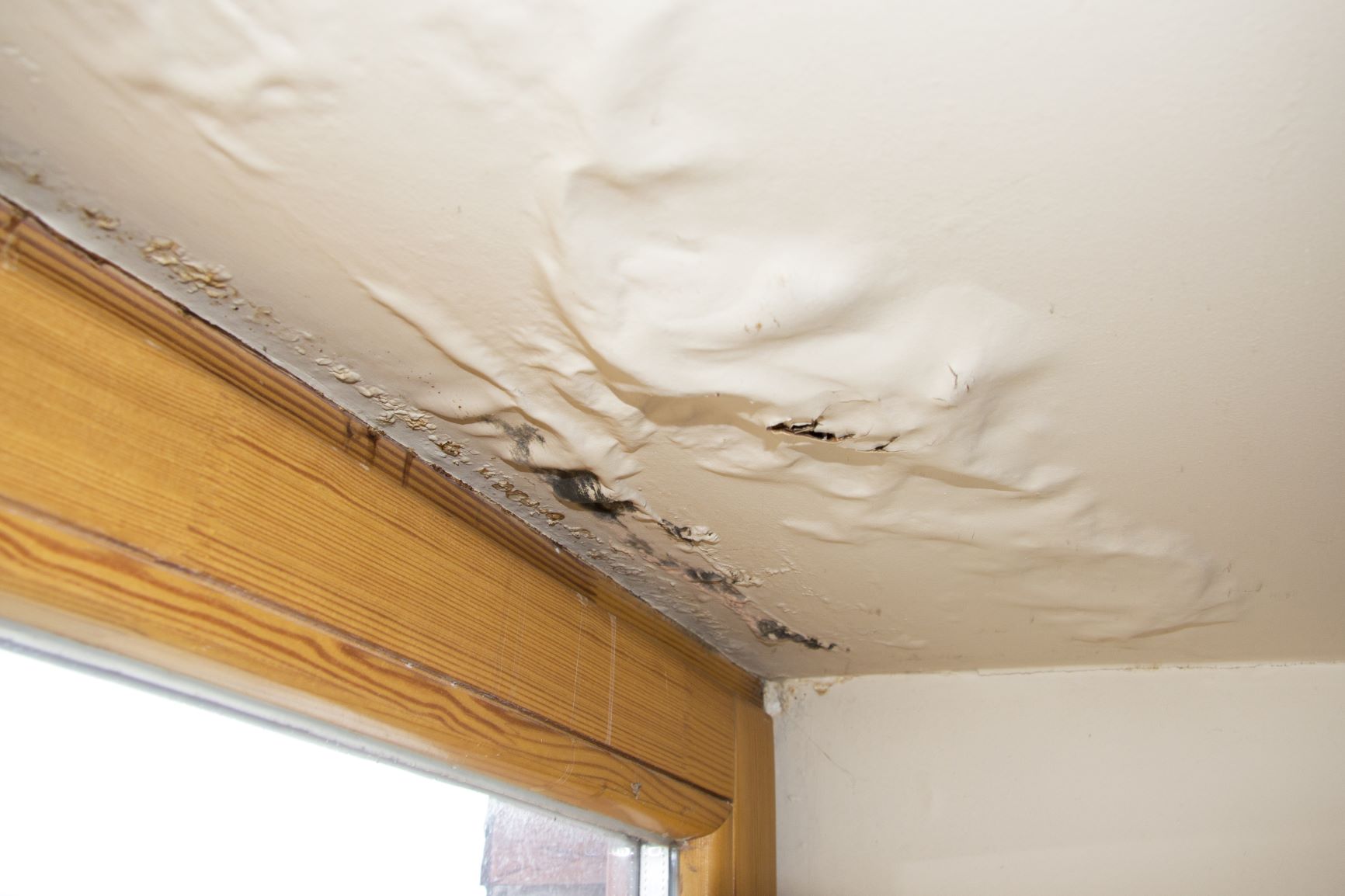24/7 Emergency Water Damage Restoration Services for Urgent Needs
24/7 Emergency Water Damage Restoration Services for Urgent Needs
Blog Article
The Process of Water Damages Cleanup: Guaranteeing Your Home Is Restored Effectively
Water damages can be a challenging obstacle for home owners, demanding a organized and precise cleaning process to bring back security and functionality. damage restoration services. Following this, reliable water removal strategies play an essential role in reducing more damage.
Analyzing the Damage
Upon discovering water damage, the primary step is to completely assess the level of the influence. This preliminary analysis is important, as it helps figure out the essential actions for efficient cleanup and restoration. Begin by evaluating the affected areas, including walls, ceilings, floorings, and individual valuables, to recognize the source of the water invasion, whether from flooding, leakages, or condensation.
Recording the damages is important for both insurance coverage claims and preparing restoration efforts - damage restoration services. Use photographs and written notes to catch the intensity of the damages, noting any kind of damaged architectural elements and materials. Pay unique attention to areas that might not be right away noticeable, such as behind walls and under carpets, as hidden wetness can result in further problems, consisting of mold growth
In addition, assess the timeline of the water exposure. The longer the products continue to be wet, the higher the possibility for damage. Comprehending the period of exposure will inform the seriousness of removal initiatives. Eventually, an extensive assessment prepares for a successful water damage cleaning procedure, making certain that all affected locations are resolved effectively and extensively.
Water Removal Strategies

Specialists typically use submersible pumps for bigger quantities of water, which can rapidly alleviate flooding in basements or other influenced areas. For smaller amounts, wet/dry vacuum cleaners are usually used to remove residual wetness from rugs and difficult surfaces. In addition, using mobile extractors enables targeted elimination in constrained spaces or locations with fragile materials.
In circumstances of contaminated water, such as sewer or floodwater, advanced extraction techniques may include making use of biohazard equipment to ensure safety and compliance with health guidelines. High-powered extraction devices are critical in decreasing water retention in structural materials, which can bring about mold development and architectural deterioration if not dealt with without delay.
Ultimately, the performance of water removal techniques plays an essential duty in the total success of the water damages cleanup procedure, laying the foundation for succeeding restoration initiatives.
Drying and Dehumidification
Once standing water has actually been successfully removed, the next critical phase in the water damage cleanup process is drying and dehumidification. This step is vital to stop additional damage and mold development, which can happen within 24 to two days in wet settings.
To attain reliable drying out, specific equipment such as industrial-grade air moving companies and dehumidifiers is utilized. Air movers flow air across damp surfaces, enhancing evaporation prices, while dehumidifiers lower humidity degrees airborne, promoting a conducive setting for drying out. The mix of these tools makes certain that dampness is drawn out from floors, wall surfaces, and furnishings, enabling them to completely dry thoroughly.
It is very important to check the drying out procedure carefully. Specialists often utilize dampness meters to evaluate the dampness content in numerous products, guaranteeing that all affected areas get to acceptable dryness levels. This thorough strategy assists to avoid covert moisture pockets that might cause architectural damage or unhealthy mold and mildew growth.

Cleansing and Sanitizing
After the drying and dehumidification phase is total, the next vital action in water damages cleanup is cleaning up and sterilizing the impacted areas. This process is important to stop the growth of mold, microorganisms, and other pathogens that grow in damp environments.
The cleaning phase typically includes getting rid of any kind of particles, dust, and contaminants from surface areas making use of specialized cleaning up agents. For tough surface areas, a mix of soap and water or business cleansing items is typically utilized. Soft materials, such as upholstery and carpetings, may call for much more comprehensive cleaning techniques, including steam cleaning or deep removal strategies, to make certain extensive hygiene.

Sterilizing complies with cleaning, using EPA-approved anti-bacterials to remove dangerous microorganisms. This step is crucial, particularly in locations that might have entered into call with floodwaters or sewage, as these sources can present serious health dangers.
In addition, it is necessary to resolve any remaining smells, which might require making use of smell neutralizers or advanced methods like ozone treatment. Correct cleaning and sanitizing not only restore the safety and health of your home yet additionally prepared for successful Check Out Your URL restoration and repair work in succeeding stages of the water damages cleanup process.
Restoration and Repairs

When the assessment is complete, restoration efforts can begin. This generally entails repairing or changing broken products, guaranteeing that all work adheres to local building ordinance and requirements. If drywall has actually been endangered, it will require to be gotten rid of and replaced with brand-new material. Furthermore, floor covering might require similar attention, depending upon the level find more of water exposure.
It is vital to engage skilled reconstruction experts throughout this process, as they possess the proficiency to take care of intricate repairs successfully. They can help alleviate potential future problems, such as mold growth or architectural instability, therefore guaranteeing a habitable and secure living environment. Eventually, reliable restoration and repairs bring back the home's honesty and enhance its general value.
Verdict
In conclusion, the procedure of water damages clean-up is crucial for restoring a home to its pre-damage condition. Each stage, from evaluating the damage to implementing reliable water removal techniques, complied with by thorough drying out, sterilizing, and essential repair services, plays an important role in making sure safety reference and security and compliance with building standards. Reliable implementation of these actions not just mitigates immediate damage but likewise improves the long-lasting stability and worth of the residential property.
Water damages can be a difficult challenge for property owners, necessitating a organized and precise clean-up process to recover safety and security and capability. Inevitably, a detailed evaluation lays the foundation for a successful water damage clean-up process, making certain that all affected areas are attended to successfully and thoroughly.
Efficient water extraction strategies are necessary in mitigating damages and avoiding additional issues complying with a water intrusion event.In final thought, the procedure of water damage clean-up is essential for restoring a home to its pre-damage problem. Each stage, from evaluating the damage to carrying out efficient water extraction strategies, adhered to by detailed drying out, sanitizing, and required repairs, plays a necessary function in making sure safety and security and compliance with building criteria.
Report this page